Are you sensitive to gluten? Einkorn might be your new best friend. This ancient grain remains unchanged, making it easier to digest than modern wheat. From Pizza Dough to Coffee Cake to Sandwich Bread, give einkorn flour a try!
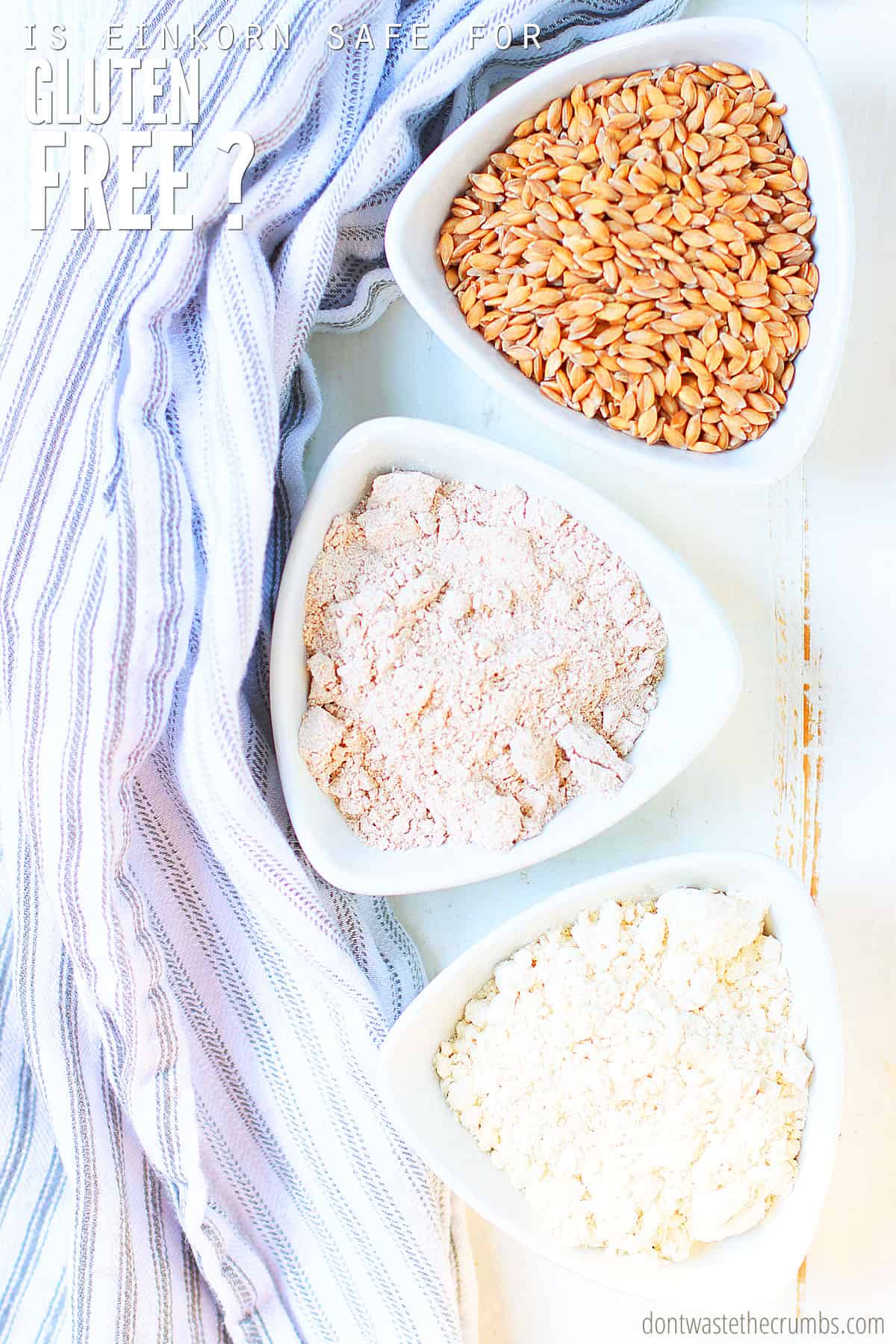
Whether because of a voluntary lifestyle decision or a serious health matter, eating gluten free is more popular than ever before, and stores are carrying a wide array of foods to offer these consumers.
There’s pancake mixes, flour mixes, cookies and cakes… noodles, bars, breads, and pretzels… and they’re all made with starches, gums, and other gluten-free ingredients that have been deemed safe. But what if it didn’t have to be so complicated?
What if eating “gluten-free” was as simple as choosing a better wheat flour?
Scientifically speaking, of course, that can’t be true. By definition, all wheat flours – all-purpose, bread, whole wheat (hard red and soft white), spelt, kamut, etc. – contain gluten. It’s how they were created and that’s that.
WHY SHOULD YOU CONSIDER EINKORN WHEAT?
However, the wheat on store shelves today is NOT the same wheat that people consumed long ago.
Like many other foods, wheat has been optimized for the benefit of the farmers, creating bigger yields and disease-resistant crops. The changes that benefit the farmers could also be to blame for the modern rise of gluten sensitivities, intolerance, and celiac disease. (source)
This is bad news across the board, whether you have food allergies or not.
- Obviously, those who have celiac disease already avoid wheat because of the great harm it causes to their bodies.
- Individuals with gluten sensitivity or intolerance might be able to consume wheat now and then, but certainly not on a regular basis, and probably not without some undesirable side effects.
- Those who show no signs of having trouble digesting gluten might actually have issues, but not realize it because dealing with them is normal.
- Even if you are 100% positively sure you have no issues with gluten whatsoever, you should at least be aware that the agriculture business continues to modify foods in order to increase the harvest and reduce farming plagues.
We should all be informed consumers, and not naive when it comes to the food we feed our families.
Fortunately, for the voluntary gluten-free and certain gluten-intolerant people, there’s a far better alternative than the processed gluten-free section of the grocery store. It’s called Einkorn.
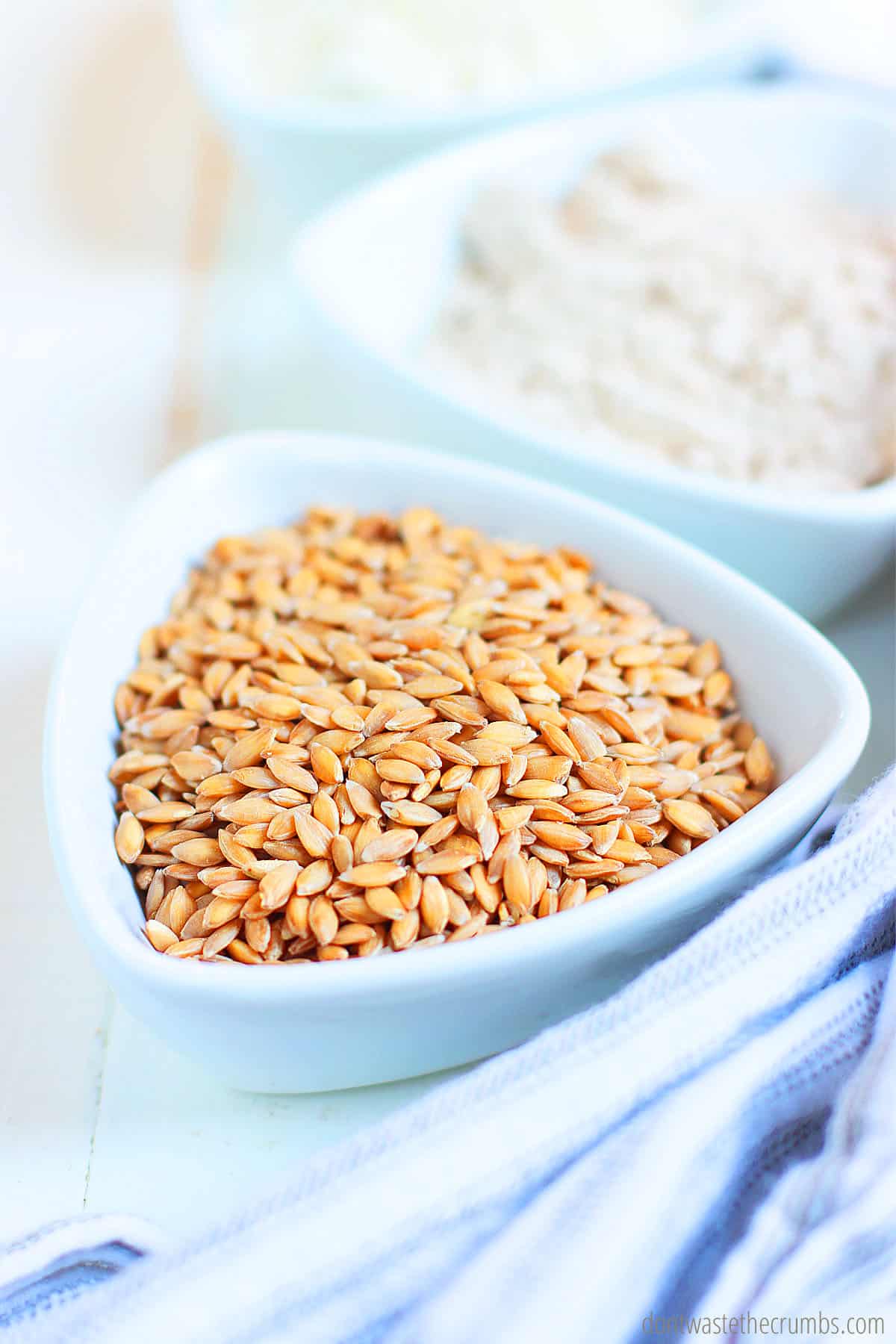
WHAT IS EINKORN FLOUR?
If you’re phonetically challenged like me, Einkorn rhymes with “fine corn.”
- Einkorn is an ancient grain that has never been hybridized, meaning it’s the same now as it’s always been. This is not the case with wheat found on most store shelves today.
- Early on in the history of wheat, Einkorn grew wild in the Far East. Soon thereafter, the first farmers began to plant and harvest Einkorn in the fertile crescent, making it one of the earliest crops. As an unmodified, ancient grain, Einkorn contains 14 chromosomes.
- A little while later, Emmer spontaneously appeared. Emmer is the first hybridization of wheat, being part wild wheat and part goat grass, and contains 28 chromosomes.
- Then, Spelt emerged. Spelt is a hybrid of Emmer Wheat and goat grass, intentionally bred by migrant farmers in order to keep the desirable traits of goat grass and diminish the undesirable traits of Emmer. Spelt is the second hybridization and has 42 chromosomes.
- Over time, farmers bred Spelt and Emmer to create today’s Durum Wheat, Spelt, and Soft Wheat. These too have 42 chromosomes and along with Hard Red Spring, are the most common varieties of wheat used in the market today.
ANCIENT EINKORN WHEAT COMPARED TO MODERN WHEAT
Any time a change is made to a plant, the resulting seed, flower, or fruit changes too. Gardeners know that you change the fertilizer and the fruit can be sour. If the soil lacks a nutrient, the yield is poor or nonexistent.
If you’re able to create the perfect environment to achieve the desired outcome of a crop, then you’re in business. When it comes to wheat, you’re in very good business.
As farmers have tested, tweaked, and experimented with wheat over the years, they’ve been able to control the quality of the grain.
They’ve added 28 “traits” of wheat that aren’t necessary…
- one for resisting cold weather
- another for resisting spoilage in transport
- plus one more to get a better rise in bread…
This is great news for the milling and baking industry, but not good news for the consumer. And it means that modern wheat and ancient einkorn wheat are no longer the same.
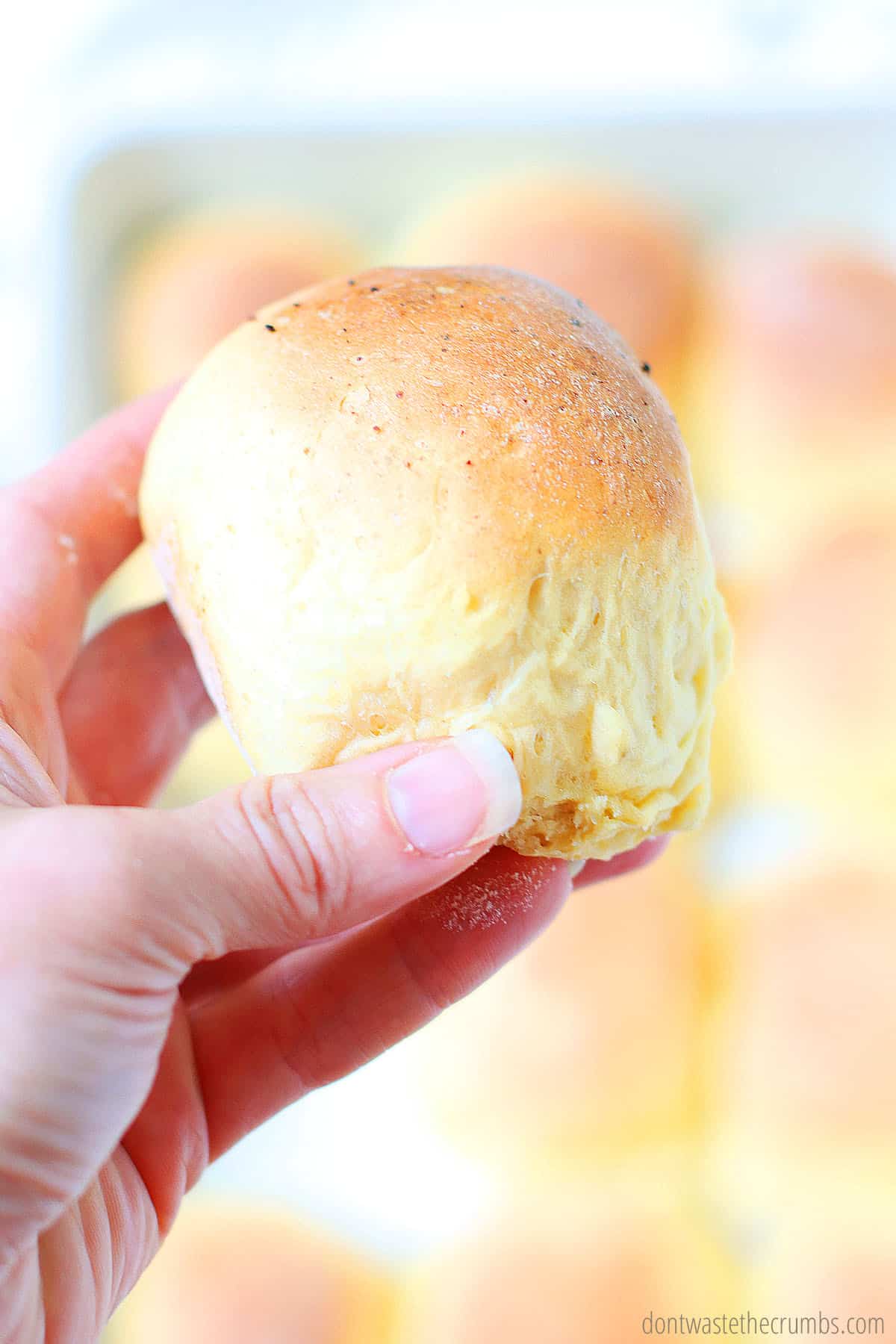
EINKORN GLUTEN VERSUS MODERN WHEAT GLUTEN
Remember that all wheat contains gluten, and gluten consists of two proteins:
- gliadin (which causes the rise)
- glutenin (which causes elasticity)
Most individuals with gluten issues react negatively to the gliadin.
Einkorn has a higher ratio of gliadin to glutenin, so naturally, we would think that it would be far worse for individuals with gluten sensitivities than modern wheat.
However, because Einkorn is not hybridized, the original DNA structure remains intact and actually helps the body digest these gluten proteins properly.
- The way the starches in Einkorn are structured together
- The naturally high level of protein
- The ratio of soluble to insoluble proteins found in Einkorn wheat
- It all remains as it was many years ago, equipping the body with the tools needed in order to break down and properly digest the grain.
It’s like drinking raw milk vs. pasteurized. Raw milk contains all the awesome enzymes that help our bodies assimilate the nutrients found in milk. Pasteurized milk doesn’t have those enzymes, so our bodies can’t really absorb and use the vitamins in pasteurized milk.
So what does all this mean for you and me?
It means that people who are gluten sensitive or gluten intolerant are often able to consume Einkorn.
This does NOT mean that people with celiac disease are able to consume wheat. That is an entirely different issue.
But just like how some lactose intolerant people can drink raw milk, some gluten intolerant people can consume Einkorn.
And if by chance all-purpose Einkorn flour gives digestive trouble, organic whole-grain einkorn flour may be better. There’s always the option of sprouting the whole grain and milling your own flour. You can then take this flour and make your own sourdough starter and sourdough bread, breaking down the proteins even more to help with digestion.
WHERE TO FIND EINKORN FLOUR
Einkorn was lost in the hubbub of modern wheat for a long time, so despite being a very old grain, it’s relatively new to the current market of wheat. You can check local health food stores but online might be your best bet.
Jovial Foods is one of the leading places to find all things Einkorn. They have a wide variety of organic Einkorn products like whole wheat flour, all-purpose flour, whole berries, and even Einkorn pasta and crackers.
When you shop at Jovial Foods, You can save 10% off all items in the store with exclusions on special promotional items such as cookbooks and new harvest oil when you use coupon code DWCRUMBS. Also, there’s free shipping over $99.
- Alternative to shopping at Jovial, the best price for wheat berries is these einkorn berries on Amazon.
- If you shop at Vitacost, einkorn berries are $4.49/lb. (Crumbs readers can save 20% by signing up for their newsletter!)
- If you don’t have a grain mill to grind your own flour (I use this one), you can buy whole wheat einkorn flour. Thrive Market has it for $2.99/lb (Click here to see the Exclusive Offer for Crumbs readers!) or this 3-pack on Amazon.
- I also like all-purpose Einkorn flour (for fluffy Sweet Potato Biscuits!), you can find it on Amazon.
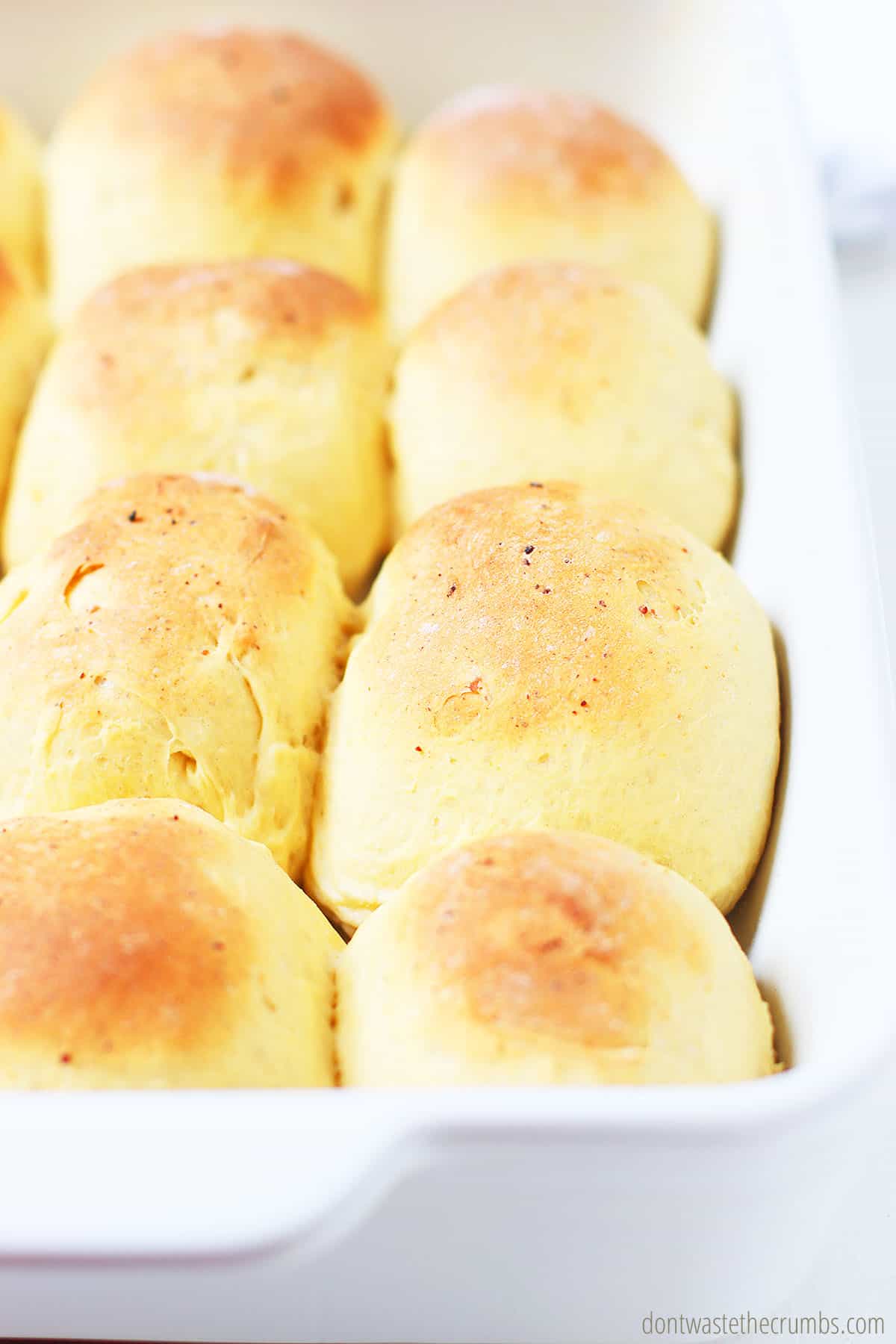
BUDGETING FOR EINKORN
Including Einkorn in your diet wouldn’t be ADDED to the budget. It would be REPLACING items you already buy.
Gluten-free mixes at $4 each or breads at $6 per loaf? What about the gluten-free flours and specialty starches and gums? If you are able to digest Einkorn, you won’t have to buy any of that anymore. Instead, you’ll be buying pure, unadulterated ancient wheat and making your own delicious baked goods from scratch.
If you don’t struggle with gluten issues but want to add Einkorn into your diet, remember all the other money-saving strategies that help you afford quality foods:
- Use up what you have first.
- Find the best price and buy in bulk.
- Use what you have wisely, and don’t waste ingredients.
Einkorn isn’t a magic pill that will make ALL your gluten issues disappear, but it very well might be the perfect wheat for families who struggle with gluten sensitivity or intolerance. Just think, Homemade Biscuits, Rosemary Olive Oil Bread, or Two-Ingredient Mini Bagels could really be that easy with just a simple switch of flour!
EINKORN FAQS
What recipes can I use Einkorn flour in?
You can use Einkorn flour in any baked goods recipe that calls for wheat. From pie crust to waffles, to biscuits, to pancakes, to bread, and pizza dough!
Einkorn does absorb liquides more slowly so you may need to adjust your recipe to use less liquid or more flour to get the right consistency. Most of my recipes using Einkorn flour will give adjustments as needed.
What does einkorn bread taste like?
Einkorn tastes similar to modern wheat, though it’s more nutty.
Can celiacs eat einkorn?
Obviously, those who have celiac disease already avoid wheat because of the great harm it causes to their bodies. People with celiac should not eat einkorn.
Is einkorn okay for gluten intolerance?
Because einkorn is not hybridized, its ancient structure can help the body digest gluten proteins correctly. This means that some people with gluten intolerance or sensitivities may be able to digest einkorn.
Is einkorn better than wheat?
Einkorn is the world’s most ancient wheat – the only wheat that is not modified. Meaning it’s the same now as it’s always been.
EINKORN RECIPES
- Easy Einkorn Pizza Dough
- Sweet Potato Biscuits
- Overnight Kefir Einkorn Coffee Cake
- Light and Fluffy Dinner Rolls
- Simple Einkorn Biscotti
- Einkorn English Muffins (with nooks and crannies!!)
- Classic Pumpkin Bread
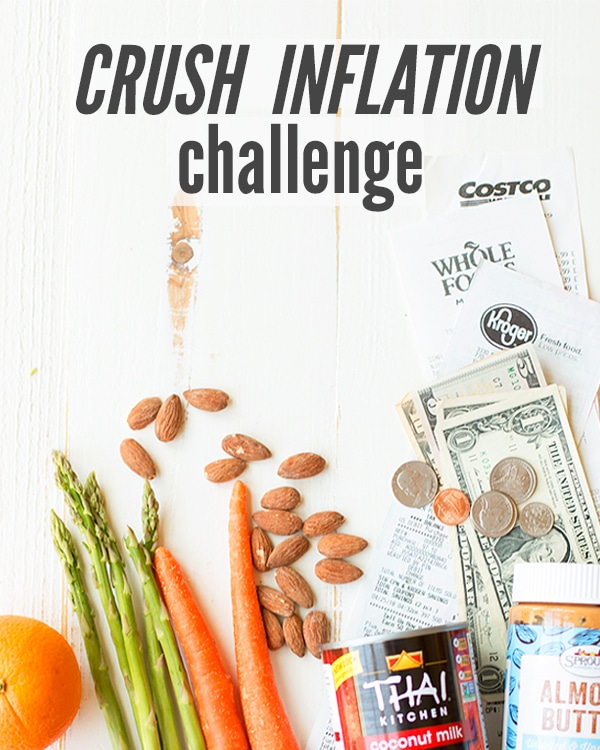
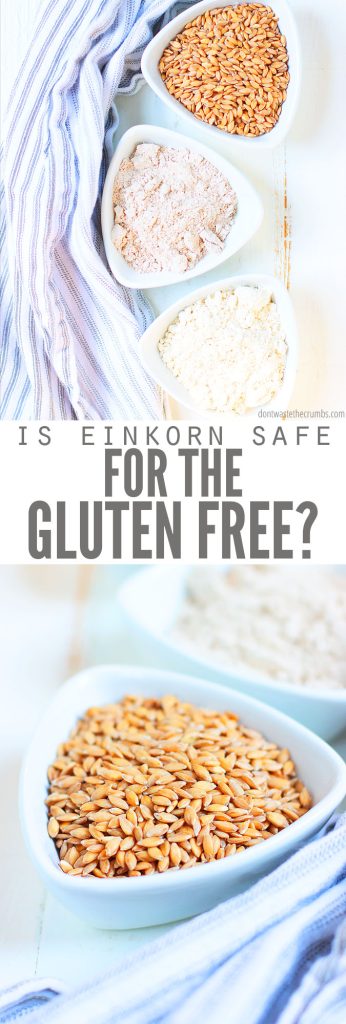
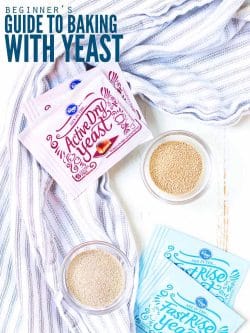
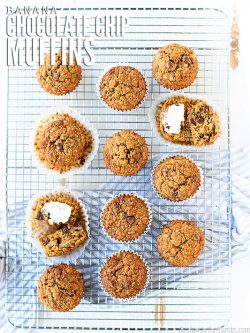

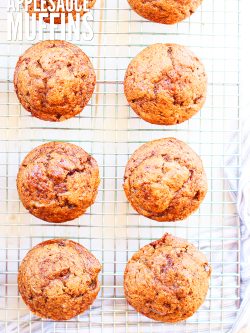
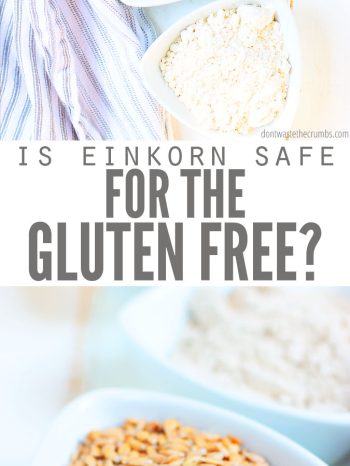
Hello Tiffany, Thank you for your time and knowledge. Can i substitute Einkorn for durum? What would i loose ? I just purchased 50 pounds of Einkorn berries. Do you have a trick or better way of Sifting after milling to make all purpose Einkorn? Thank you, Mike Kaplan
Hi Mike,
Yes, you can sub einkorn for durum. There should be minimal difference.
Regarding sifting, Tiffany uses a fine mesh sieve to sift, but if that doesn’t work, you can blend your ground flour in a blender to make it finer. Let it go for a few rounds, then if you want, sift again.
Hope this helps!
I there’s a lot of confusion between sensitivity to gluten and sensitivity to modern wheat. I can’t handle modern wheat, but any ancient grain (like einkorn) and any other gluten-contain grain (like barley) is fine for me. I suspect there are a lot of people like me who have been told it’s the gluten, but it’s not.
I just found this article. Einkorn has been a game changer for my GF kid. We are stationed in the UK and it is easily accessable from Shipton Mills. My son can only eat regular GF items once or twice a week before they build up and give him a blowout just like eating plain, non GF items. He can consume Einkorn items every day and it doesn’t bother his stomach one bit. I am so thankful my friend introduced us to itxx
So glad to hear! Thanks for sharing your win Jessie. 🙂
Is einkorn flour safe for celiacs? I am a celiac and get severe abdominal pain, bloating, diarrhea with gluten.
It really depends on the person and the level of severity. Ask your health professional about how to test! I am gluten sensitive and can’t to einkorn but Tiffany’s daughter is gluten sensitive and can handle it fine.
Absolutely not. All medical advice and research suggests that this could be very harmful for people with celiac.
I enjoyed reading your article! I’ve been using Einkorn all purpose flour for about a year. I just got my own flour mill & ordered some berries. I would love to make sandwich bread. I’ve tried a few times and it hasn’t gone well. The einkorn flour is so sticky. Can’t figure out what I’m doing wrong. Any suggestions would be appreciated! Where do the hard red & the soft white berries fall in the scheme of things? They clam to be non GMO. But are they like all modern wheats?
Thank you so much!
These are the Einkorn berries that Tiffany uses, https://amzn.to/2yxHwil.
I had the same problem. I solved it by adding 1 teaspoon of Xanthan gum to 4 cups of einkorn flour. Now my rolls hold together. Yes, it is sticky dough. I also put oil on my countertop and roll and shape with that instead of flour. If that doesn’t work, then try adding a bit more flour. Hope this helps.
From my experience, I was adding too much water (the amount from my former recipe with other flour). Cut way down on the liquid. I’d say that’s the place to start. After doing that, practice with any other changes if you need to.
Health wise our family had to immediately change how we eat. When it affects one, it affects all because we cannot afford to eat 2 ways. We bought a grain mill and i now mill our own flour to make anything that requires flour. Recently we went to a family event and I ate a white flour bun. I was sick for almost a week with different gut symptoms. I remember feeling so bad and always seemed not feeling good since my childhood years and now I’m pretty sure it was the enriched flours/pasta items we ate. I usually buy the hard white wheat berries and the soft white wheat berries from bulk bins and I dont have the bloated, sick, low energy days anymore. I have tried einkorn before but the package was expensive and not enough in it to make one batch of bread. I’ll try it again as I notice in the pictures the baked good looks lighter in color than the baked goods I make and that might help dear hubby and son not resist so much the change in flour. It’s worth a try 🙂
I still seem to be a bit confused when you use whole wheat Einkorn and when you use all-purpose. Can you elaborate on that a bit? Just trying the Einkorn started and very excited! Thank you!!
Sure Kendra! You can use whole grain or all-purpose anytime you’d normally use whole wheat or regular all-purpose in recipes. For example, I use whole grain einkorn in quick breads and muffins and sourdough because they can withstand the “hearty” taste of whole grain (although einkorn is WAY more milder than hard red wheat). I use all-purpose in cookies and brownies and cakes, or anytime I need a lighter flour for a better crumb!
I looked up what it meant by whole grain einkorn and all purpose. Whole grain you just mill it and for all purpose you sift it after milling to get out the covering of the grain and make it a finer flour. Worked great!
Can you confirm that emmer and spelt are not more easily digestible than other wheats? Where are they on the scale of creating a potential gluten problem in the body?
A lot of people think of Einkorn, emmer and spelt are the same thing, as the Italians and French have a generic word ‘farro’ and ‘epeautre’ and then add ‘small, medium and large accordingly to distinguish between them.
DO NOT cut out gluten to test yourself. Go to your physician to be tested for celiac disease. Einkorn is not safe for anyone with celiac disease because it contains gluten. The ONLY cure for celiac disease is a gluten-free diet.
My doctor was no help when I had sores all over my hands and I was struggling with constipation and severe stomach cramps. They said I had an autoimmune disorder and gave new steroid creams. I had to take it upon myself (10 years later) to cut my diet down to just vegetables for 3 weeks then add things back into my diet. Gluten was the cause. I don’t eat it now but since I know what’s causing these problems I could go get tested for Celiac just to see how bad it is. Doctors aren’t always helpful. I encourage everyone to remove gluten from their diet for at least 3 weeks to see if there are any changes in your body, especially when you add it back in.
Celiac test by blood is often not accurate. I ne we texted positive for it. I am not “allergic” to wheat. However gluten is inflammatory ( in modern wheats), but the einkorn does not seem to be as Tiffany states. The Information received from the blood ests were not accurate or helpful at all in my case.
I tried the pasta and tolerated it okay, However when I tried one teaspoon of the flour in gravy, I awoke with cramps and loose bowels. Is it possible I could tolerate the one and not the other?
Anything is possible Polly 🙂 Sometimes our body reacts to an ingredient differently if it’s cooked vs. raw and even whether or not it’s mixed with something else. You could try the flour in something that’s DEFINITELY cooked (maybe the flour wasn’t completed cooked in the gravy?) and see if cooking/raw is the culprit.
I’m eating gluten-free because of a Hashimotos diagnosis. Can you offer any insight into whether Einkhorn may be safe for someone with Hashimotos? Studies have shown a strong correlation between gluten and the thyroid antibodies in Hashimotos, so I was under the impression I needed to avoid all gluten-containing grains to keep the disease progression at bay. I don’t necessarily react to eating gluten, even regular wheat, so not sure how to test with Einkhorn. Any naught you can offer on this would be greatly appreciated!
When you say you don’t react to eating gluten, does that mean you’ve done an elimination and challenge? Since the wheat/gluten is causing your body to create thyroid antibodies, I think that means you must have some level of sensitivity, which would show after an elimination and challenge.
I don’t know if einkorn will cause the same reaction in your body. I suspect it would be different for all of us. I am very curious to know how my body reacts to einkorn, and I’m hoping my doctor lets me experiment. I want her to check antibody levels before and after.
If you haven’t done an elimination yet (eat NOTHING but certified GF foods, fresh produce, fish), try that first. Go without a drop of wheat for 3-6 weeks, then challenge it (eat two or three portions one day, then note any possible reactions that day and the next–hives, joint or muscle pain, mood swings, depression). After that, you’ll be able to test einkorn and see if you get the same reactions.
Im just learning about Einkorn and have the exact same question. Any helpful thoughts or tips on the topic years later?
Perhaps I can help – what exactly is your question, Theresa?
Hi! I also eat gluten free for Hashimoto’s. If anyone has any helpful I formation here I would be very interested! Thanks
Can you point me to the source of this information? I’m curious about how the number of chromosomes increased and how it affects people.
I just invented the cheapest and fastest test of food sensitivities for myself comes to new ingredients..
Instead of making an end product with them like bread or dish.. I simply consume a teaspoon or so of it dry or with bit water and wait a day or so for reaction.
If a new flour or oats brand or what not gives me reaction, then I know not to waste time and use it in my cooking. I am my own walking lab :). It is so much easier and such a fast results and also I trust my body in fast reaction and response.
I love this Gallina! So simple, yet so profound and PRACTICAL. Love the comment about being a walking lab. Thank you so much for sharing!! 😉
We did GAPS after finding my kids had dozens of food intolerances, including wheat and gluten. When we finished it, we started with sourdough einkorn and they were able to eat it just fine. Regular wheat, even organic or soured, troubled them still. I think our success was a combination of eliminating it for a long time to call inflammation and the addition of this lower gluten grain. Huge fan of Jovial now and your einkorn recipes have been great! I enjoy modifying them to include sourdough as the leavening agent.
That’s wonderful that your family is able to eat einkorn despite intolerances to wheat and gluten! I’m glad you’re enjoying the einkorn recipes too 🙂
I’m sensitive for gluten (not nice but it gives me hemorrhoids) but making Einkorn sourdough bread sounds so tempting. Maybe I’ll give it a try.
You should Stefanie! Jovial just came out with a book all about Einkorn and it’s a great one!
http://amzn.to/1VxoLig
I tested positive as allergic to wheat – but not to gluten (ie. barley and rye are okay because though they contain gluten, they do NOT contain wheat). Any idea if einkorn would be safe for a wheat allergy? Or at least safer than regular wheat?
Since Einkorn is an ancient wheat, the same rules would technically apply. If your reactions are mild, a test couldn’t hurt to see if you’re able to tolerate a more simpler type of wheat. Sometimes our bodies can tolerate one version of grain (i.e. soaked or sprouted) but not the processed version. If your symptoms are severe though, I wouldn’t recommend it.
I tested positive for a wheat allergy – but it is mild. When I was at the health food store, they had Jovial on sale, so I bought a box to try. Fingers crossed it is okay!
You mentioned Kamut. I recently switched the entire family that can eat gluten to Kamut thinking that for the price, that was the best way to go. I have one with Celiac and two that got off gluten before I knew there was a test for celiac. I also have to be off ALL grains (wheat, rice, oats, corn, etc.). Would you test the Einkorn on the ones that are intolerant to gluten (they get sinus infections) and see how they respond? What would you do with your kids? Is Einkorn that much better than Kamut? I thought I heard that Kamut is one of the oldest wheats.
Honestly, yes I would Amy. If you know how they respond to gluten and it’s not life threatening, I’d test. For my kids, I’d make a half batch of dinner biscuits (because they’re easy to whip up) and serve for breakfast. Watch them all day and then the next. In most cases, reactions occur within that time frame. If you see nothing, I’d try again, just to be sure. Here’s the recipe for biscuits:
https://dontwastethecrumbs.com/2014/06/recipe-easy-homemade-dinner-biscuits/
Yes, I believe Einkorn is better than Kamut. But kamut is better (in my opinion) than modern day wheat. Kamut is definitely older, but I fear many people call it “ancient” because it was discovered in Egypt rather than the typical farm. I think the easiest way to think about it is the lesser chromosomes the better. Einkorn has 14, kamut as 28 and modern wheat has 42.
Thank you for this post! I never heard of Einkorn before. Quite a few of my family members are trying to cut back on gluten and they cant seem to find a bread substitute that is satisfying the same way wheat is. I am going to be passing this on!
You’re most welcome Katie! Einkorn really is a blessing to many families, and it’s SO good! I’ve got a batch of fluffy Einkorn rolls in the oven now. 😉
YES! My son and I both struggle with a gluten intolerance. Einkorn wheat has been wonderful for us, we can both eat it w/o issues. (migraines and congestion for both us w/ regular wheat!) I’m careful with how I use it – we don’t eat a lot of grains – once a day or less usually (as opposed to the USDA pyramid of 6-8 servings per day) and we still use the Jovial rice pasta (it’s less expensive) and rice and oats too, so 2-3 times a week we may have einkorn flour. It’s so nice to make biscuits or bread – I love the Jovial slow rise bread recipe! – and not be concerned about texture, taste, etc…like I often was with GF flours.
That’s wonderful news Becky! What a great testimony to Einkorn wheat – and to enjoy homemade baked goods without worry about reactions to gluten – amazing!
Know what else is amazing? Your biscuit recipe! I used Einkorn flour to make them last night using buttermilk. So So good! We ate the leftovers this morning for breakfast. They couldn’t be easier to make – we are already talking about using them for shortcake next year when Strawberry season rolls around. 🙂
Wow! Thanks for your enthusiastic compliment Becky! I’m glad you guys enjoyed them. 🙂